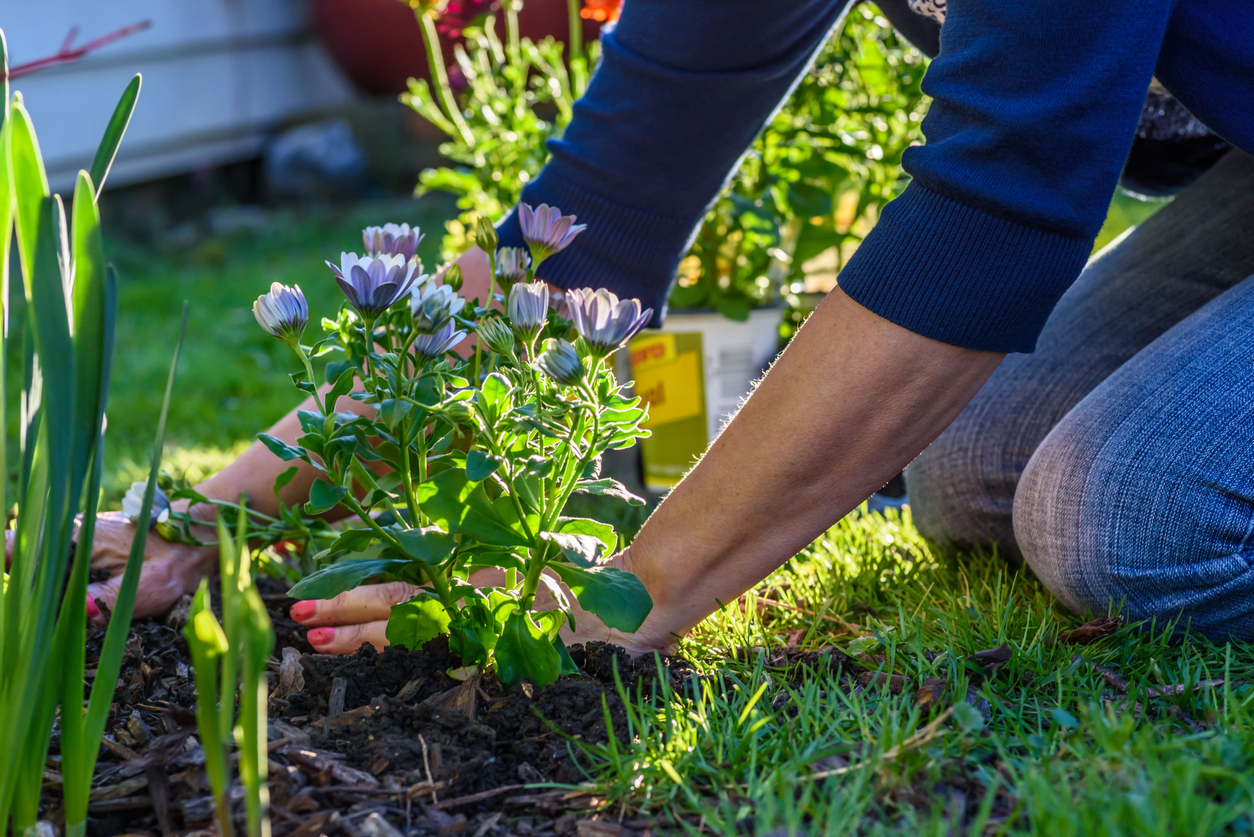We use cookies to make your experience better. To comply with the new e-Privacy directive, we need to ask for your consent to set the cookies. Learn more.
Gardening for Wildlife

Every garden is an important green space which can be adapted to help wildlife find a home. This is not just important from an ecological and environmental perspective; it can also be a fantastic opportunity to see a wealth of creatures existing in a carefully balanced way.
Gardening for wildlife, rather than purely for aesthetic purposes, is a wonderful thing to do. No matter what the size of your outdoor areas, you can make important changes and additions to ensure that slithering, crawling, trotting and flying critters feel at home.
Hedges Help
All wildlife needs shelter to survive, but so many gardens lack adequate foliage because fences and walls have come to replace natural barriers and boundary markers. A hedge is a superb all-encompassing inclusion which can create accommodation for animals, as well as providing protection from the elements and predators.
Plenty of bird species will live in and around hedges, nesting in their dense interiors and feeding on the berries and seeds they produce. Insects will also love hedges, not just as a place for fleeting visits, but also for overwintering when the time to hibernate arrives.
Leave The Lawn Alone
The temptation to mow a lawn to within an inch of its life may be great, but many people are waking up to the concept of creating wildflower meadows on parts of their property. This is easily done, simply by being a little judicious in your mowing and cordoning off a section of the lawn where the natural grasses, flowers and plant life can develop undisturbed.
Wildlife will flock to an untouched meadow-like portion of lawn, allowing everything from butterflies, birds and bats to hedgehogs and honeybees to take advantage of the bounty on offer.
Create A Wild Pond
Waterborne wildlife is worth catering for in your garden, and a pond is also essential for all sorts of other animals, including those that merely visit for a drink or a snack, rather than taking up permanent residence beneath, on or by the water.
Building a pond with wildlife in mind actually requires you to think carefully about the placement, if you are starting from scratch. Avoid shady, cool areas as these will not be quite as attractive to many of the creatures that will want to live there. Also make sure that the pond is not a uniform depth, but includes shallower parts and features a means for animals to climb out if they fall in by accident.
Plant For Butterflies
The UK’s butterfly population is under threat and you can do your bit to address this by introducing flowers which have heaps of nectar on offer to make sure that any butterflies that visit will get a good meal for their trouble.
There are plenty of different plants which will appeal to butterflies, including cuckooflower, common sorrel, cock’s-foot and even stinging nettles. Indeed nettles are actually one of the most widely harnessed plants by different butterfly species, so resist the temptation to cut them back where possible.
Welcome Hedgehogs
Hedgehogs are also having a tough time at the moment and you can take action to halt the decline in numbers seen in many regions by creating a hedgehog house in your garden.
Commercially available hedgehog homes will be the quickest and easiest option for many, but you need to make sure that they are positioned correctly. Hedgehogs will thrive in the shadiest, quietest places and can also make use of compost heaps and log piles.
Install Bird Boxes
We are quite good at feeding birds, but it is also worth giving them a place to rest their weary wings on a long term basis in your garden. A bird box can be added to trees, fences, poles and other structures so that even urban gardens can benefit from a little more avian wildlife.
Once a bird box is in place, as with any other home you set up for wildlife, it is best to leave it well alone so that you do not disturb or put off any potential inhabitants.
